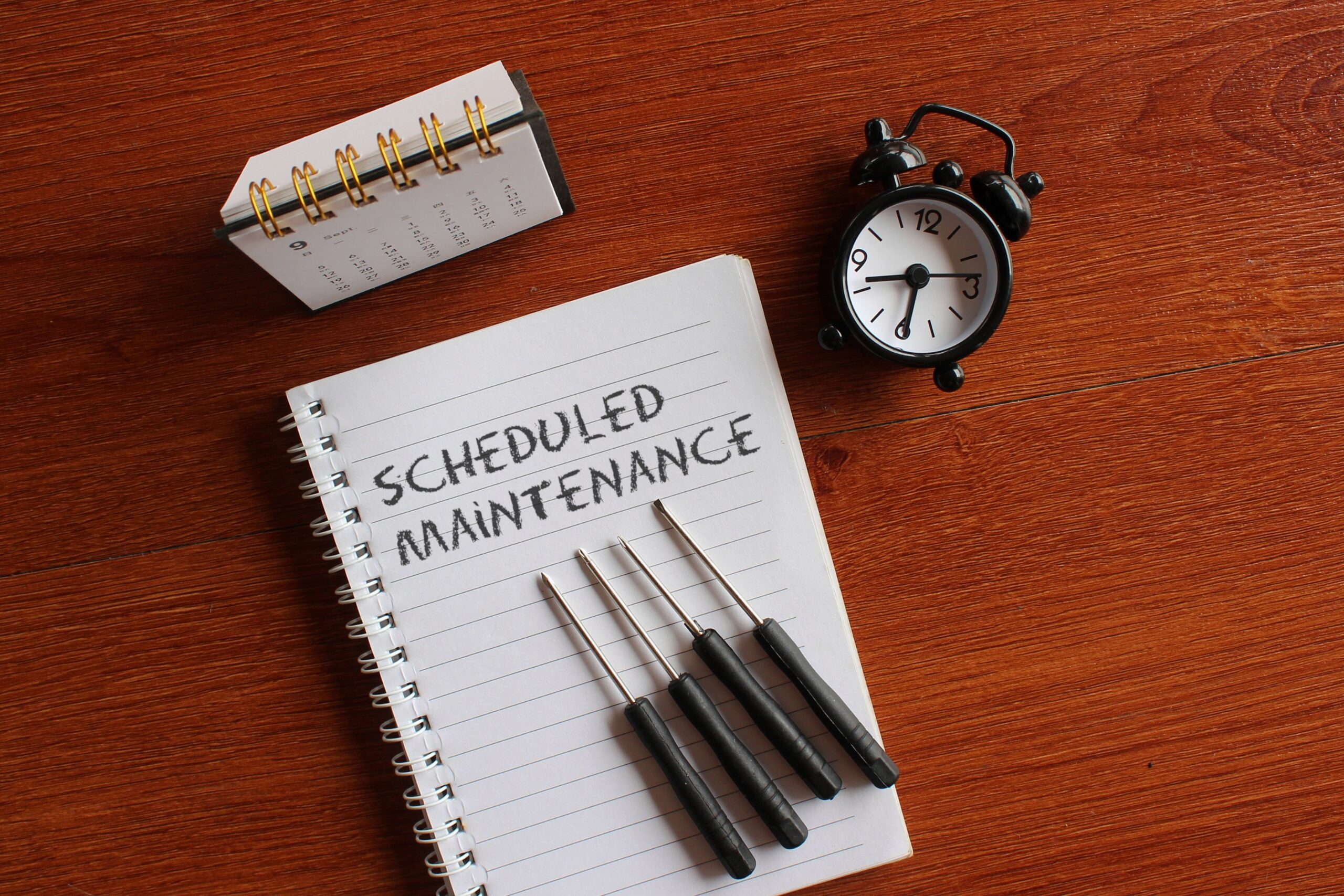Before we know it, the tax season will be upon us. Preparing documents and collating receipts to achieve the maximum possible tax return just makes good financial sense. And most of us do this well through the assistance of taxation professionals.
Many Australian property investors fail to maximise their full investment potential owing to them merely because they overlook key tax deductions, and often don’t seek advice from a professional.
According to Tass Assarapin, Partner at Mitchell Brandtman Quantity Surveyors, paying taxes on rental income generated from an investment property can take a huge chunk out of the return-on-investment calculation come tax time.
“One of the best ways for property investors to improve that cash flow is to take advantage of the lucrative tax allowances on property depreciation.
“Just like you claim expenses on property repairs or renovations, owners of investment properties can claim deductions on the inevitable annual wear-and-tear of the investment.”
The ATO allows investment property owners to claim the depreciation or write down of assets on expenses incurred as the building and assets gradually wear out over time.
“Land doesn’t wear out. But what does wear out are the buildings we put there as well as the carpet, blinds and other fittings inside these buildings.
“Claiming this depreciation on your annual tax return reduces your taxable income, which means you pay less tax each year.
“I haven’t met an investor yet that would say no to literally reducing their taxable income by as much as $15,000 each year. That is considerable cashflow back in their pocket,” says Mr Assarapin.
Busting tax depreciation myths
Is my property too old to depreciate?
No. Mitchell Brandtman explains no matter what the age of a property, all investment properties qualify for depreciation.
Basically, there are two types of allowances available to property investors:
Capital allowances for the building structure (Division 43)
Plant & Equipment allowances which covers carpets, blinds and appliances (Division 40)
If your investment property was built and/or renovated after September 15, 1987, capital allowances are available to investors. For investment properties built prior to September 15, 1987, depreciation entitlements will be estimated after an inspection based on the renovations, extensions and improvements undertaken to the property.
Irrespective whether the works were completed by yourself or by previous owners, you are entitled to the depreciation of these works.
Depreciation on plant and equipment is available to all property investors and there is no time limit for these assets. It is generally worth up to $20,000 in total deductions over the full life of the assets.
Renovations were completed by a previous owner. Can I still claim these?
Yes. Mitchell Brandtman believes you can. Even if renovations to your investment property were undertaken by a previous owner, when you purchased the property you also purchased the entitlement to claim depreciation on the property’s improvements.
Renovations to an investment property are extremely beneficial if you make use of your depreciation entitlements correctly.
I’ve had my investment property for years, is there any point claiming depreciation now?
Yes. It is a common fact that the structure of an investment property has an effective life of 40 years.
If your investment property was built post September 1987, it is likely you are missing out on thousands of dollars of possible tax deductions.
Even if your investment property was built prior to September 1987, your property most likely has had renovations since it was built. Even if it was 10 years ago, there may be significant value left to depreciate.
When it comes to lodging your tax return, Mr Assarapin advises you could claim tax depreciation on up to two past financial year tax returns, so you can make the most of your depreciation deductions previously lost through not claiming.
“The Australian Taxation Office (ATO) actually encourages you to do this. You can amend past tax returns to claim depreciation deductions,” says Mr Assarapin.
Smarter Communities clients can access a tax depreciation schedule at a reduced rate through an exclusively negotiated rate with Mitchell Brandtman.
To discuss your property’s strata management needs or receive a FREE management proposal contact our friendly team. We also offer more helpful resources and community living news in our FREE newsletter.



